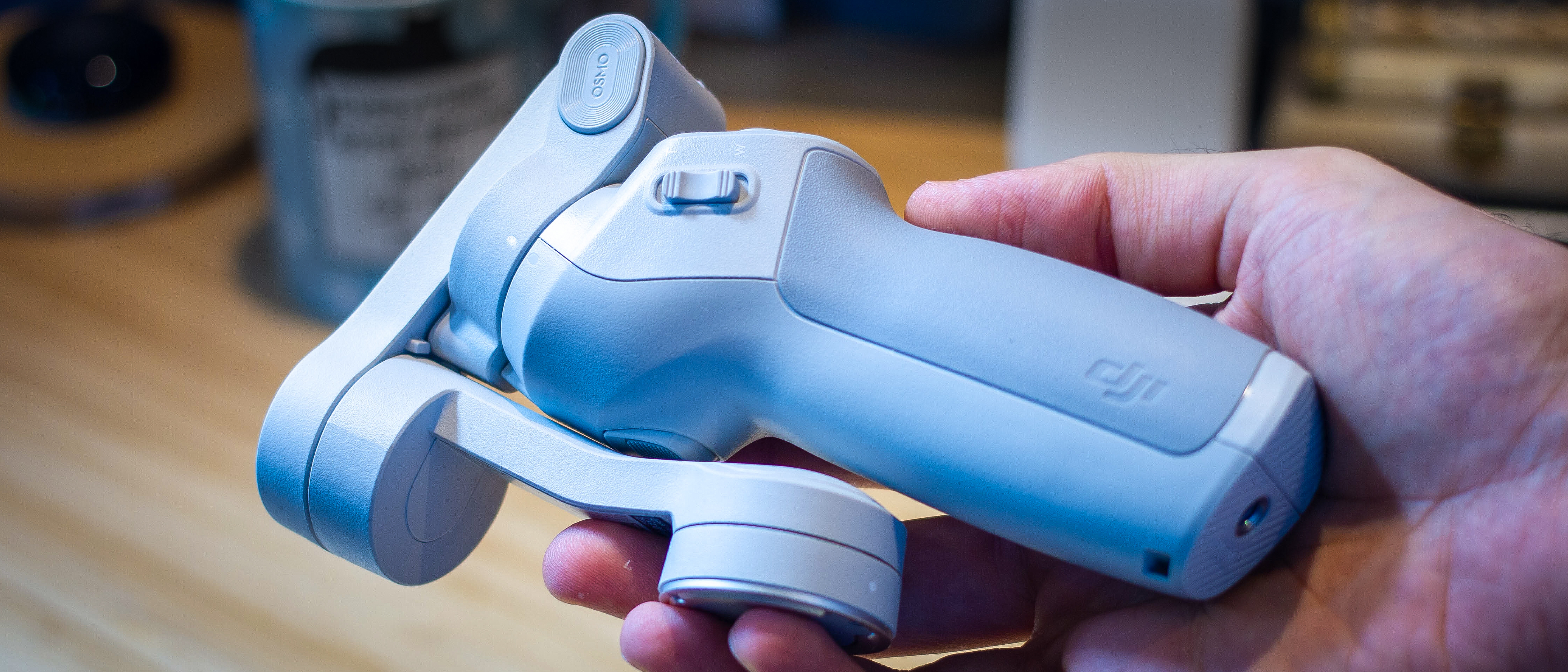Digital Camera World Verdict
The DJI OM4 improves upon the best-selling Osmo Mobile 3 smartphone gimbal in meaningful ways. Its new magnetic mounting system delivers exceptional convenience, and the improved motor copes with heat much better than its predecessor, while also delivering noticeably extended range. That being said, the stabilization is comparable across both, and the OM4 is pricier. Is the cost of convenience and incremental upgrades worth it? One thing’s for sure, the O4 delivers class-leading size-to-performance for a smartphone gimbal.
Pros
- +
Compact with great performance
- +
Convenient, secure magnetic clamp
- +
Excellent battery life
Cons
- -
Pricier than the Osmo Mobile 3
- -
Ring mount only compatible with plastic phones
- -
No marked stabilization improvements
Why you can trust Digital Camera World
Is the DJI OM4 the best gimbal for your smartphone? We had a chance of trying one out for a couple of weeks ahead of the launch, and this is our full field review…
DJI could be the biggest name in gimbals and drones right now, and while enthusiasts are all over the brand's high quality, generally well-priced prosumer tech, its mainstream attraction is its smartphone gimbal line, the Osmo Mobile series. After last year’s Osmo Mobile 3 reduced the footprint for a smartphone gimbal by adding a handy, folding design to the mix, it was anyone’s guess how DJI was going to better it. Guess no more - this is the magnetic DJI OM4.
The fourth generation Osmo Mobile gimbal looks almost identical to the Osmo Mobile 3 at first glance - but what are the key differences? For starters, there is a change in naming convention... this is not, as rumored, the DJI Osmo Mobile 4, it is the OM4 (not to be confused, of course, with the legendary Olympus OM4 35mm SLR from the 1980s).
And this time around, DJI’s opted for an off-white, light grey two-tone finish, compared to last year’s dark gray Osmo Mobile. Additionally, there’s a new motor keeping the mounted smartphone steady, as well as a handful of software boosts to eke even more out of this tried and tested gimbal design.
The real highlight of the OM 4, however, is that magnetic smartphone mount. The gimbal doesn’t feature a fixed grip. Instead, a thin, lightweight clasp, or a magnetic kickstand (you get both in the box) adheres to your mobile, and it, in turn, securely fuses to the arm of the OM4. A terrifying prospect - leaving the fate of your $1,000+ smartphone in the hands of a couple of magnets, but what’s it like in the real world?
Magnetic quick-mount - clasp or kickstand?
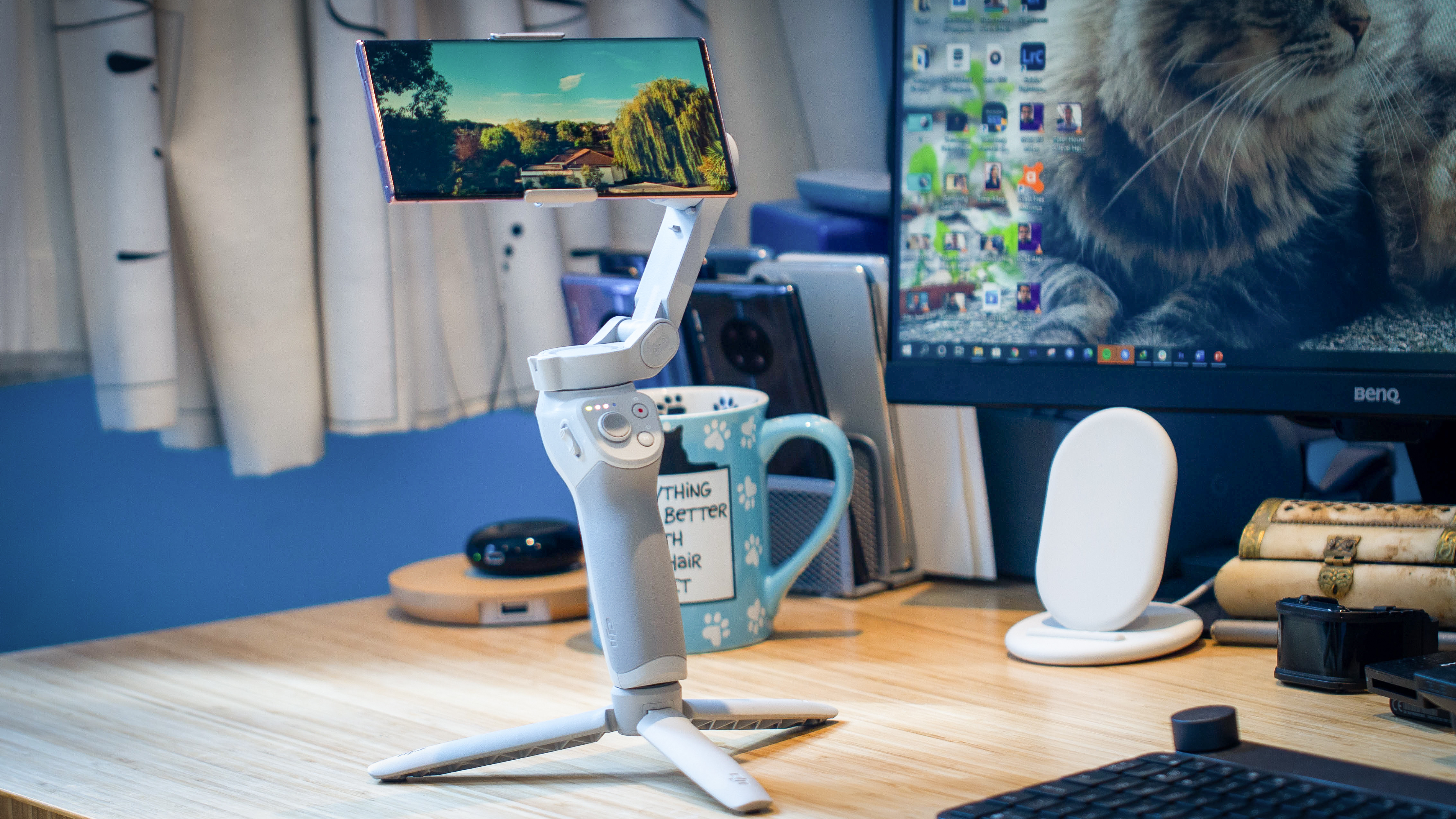
The DJI OM4 is categorically the best Gimbal we’ve used for easy smartphone mounting, provided you don’t mind having something affixed to your smartphone when unmounted.
In the box, the gimbal ships with either a magnetic grip, which is relatively thin, lightweight, and is made of metal. Alternatively, for anyone with a plastic phone who’s okay with sticking an adhesive metal ring to the back of it, the kickstand magnet is another even more convenient option.
When we read the release and saw the product specs, we were loving the idea of the minimalistic ring mount, however, it shouldn’t be used with glass-backed phones. In turn, we found ourselves working with the magnetic clamp in our time with the OM4.
After using the gimbal indoors, outdoors, and simulating bumpy and hazardous environments, at no point did the magnetic lock-tight connection between gimbal and grip give way. The attraction is strong enough to keep even heavy phones like the Samsung Galaxy Note 20 Ultra in place, while also being easy enough to detach comfortably.
Package deal - priced higher but packs more in

DJI is breaking its trend of undercutting its own products with the OM4.
The Osmo Mobile 3 started at $119 / £99 for the standard version, and If you wanted a few accessories bundled in, you could get the Combo kit with a grip tripod, hard carry case and pouch for $139 / £119 - a great deal.
If you fancy picking up the OM4, however, the standard, accessory-free version isn’t an option anymore. Instead, you’ll be paying $149 / £139 for the gimbal, a carrying bag, one magnetic ring holder, one magnetic smartphone clamp, a wrist strap and a tripod base.
That puts the OM4 package roughly $10 or £20 higher than the Osmo Mobile 3 Combo kit. Pricey magnets? Entirely possible, but when you look at what else is on the market, the OM4 is still class-leading when it comes to its performance to footprint ratio, so can justify a premium to some degree.
Software, buttons and ports - same difference
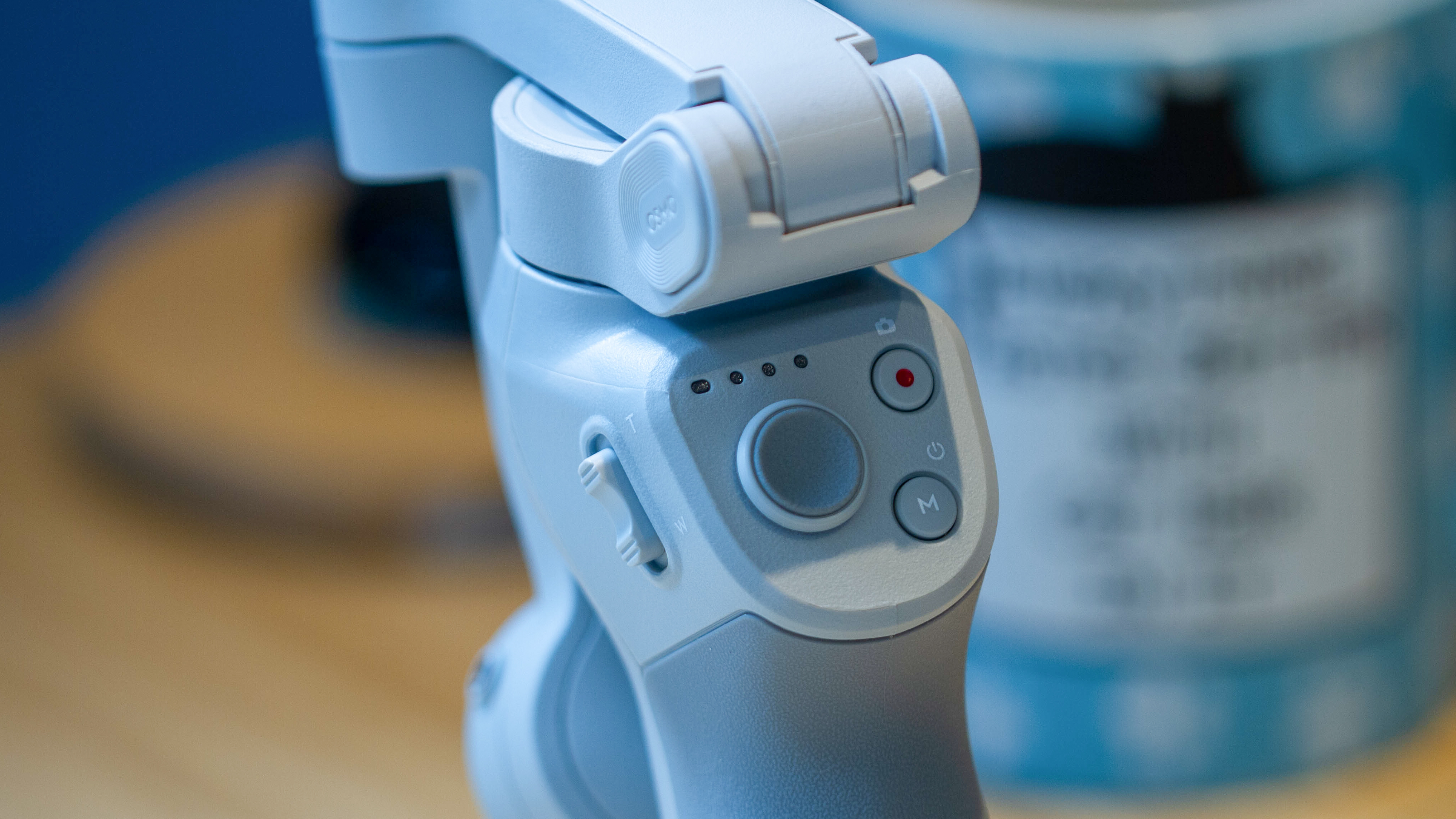
The DJI OM4 is controlled by the DJI MIMO app, and in terms of functionality, everything the Osmo 4 can do, the Osmo 3 can do too.
It’s little wonder - the two gimbals’ designs are virtually identical in terms of dimensions, buttons and ports. There’s a USB-C port to the right for charging, and a USB-A port so you can use the OM4 as a power bank. The ‘cockpit’ of both the Osmo Mobile 3 and 4 pack function and record buttons, as well as a joystick, and there’s a zoom slider on the left of the grip.
Through the app, you can control your smartphone camera with the on-body controls, and it even engages the ultra-wide angle secondary camera on our Note 20 Ultra, though not the telephoto module. The latest version of the MIMO app supports gesture control, story creation, and object tracking - features we’ve seen before - and it’s also been supplemented with a new party trick: Dynamic Zoom.
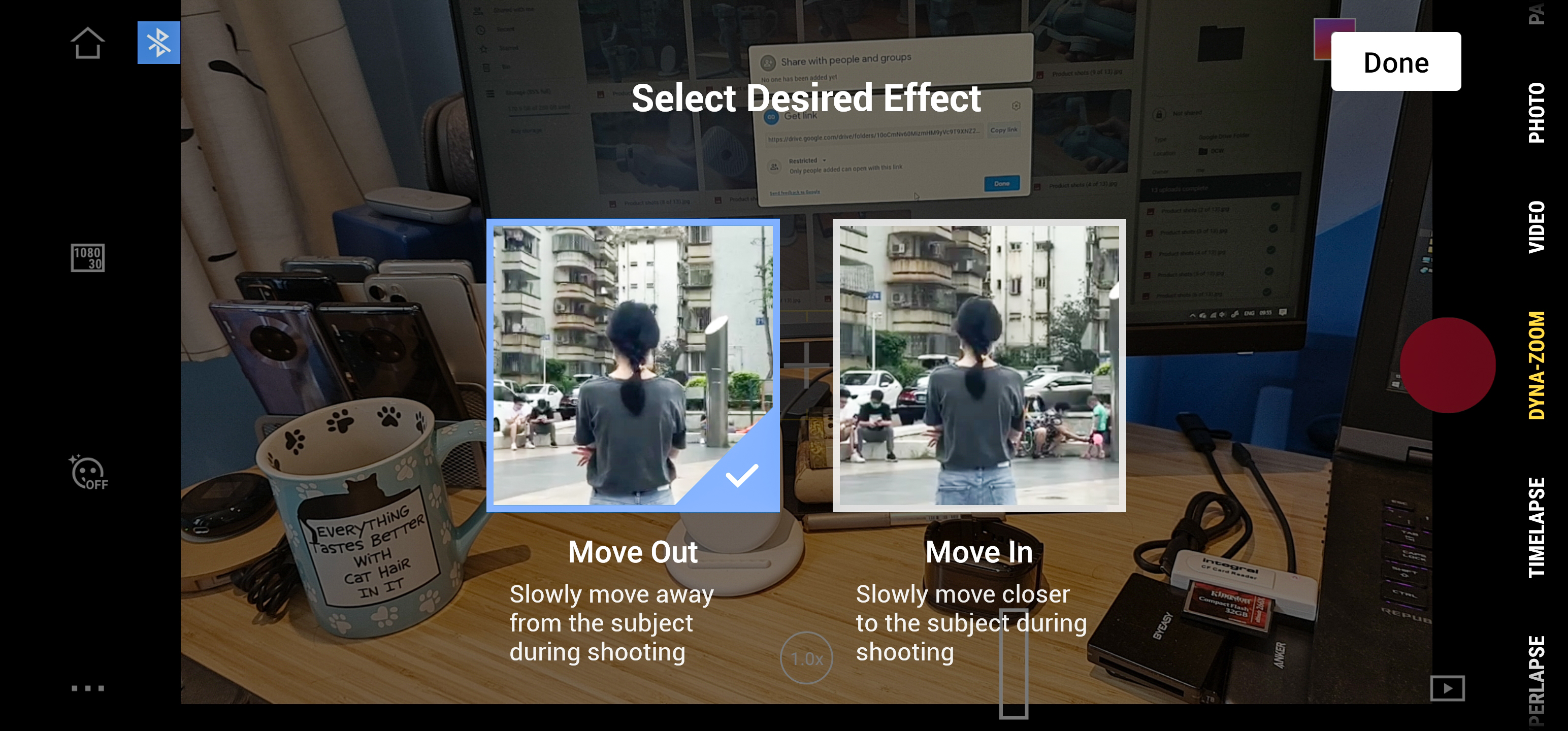
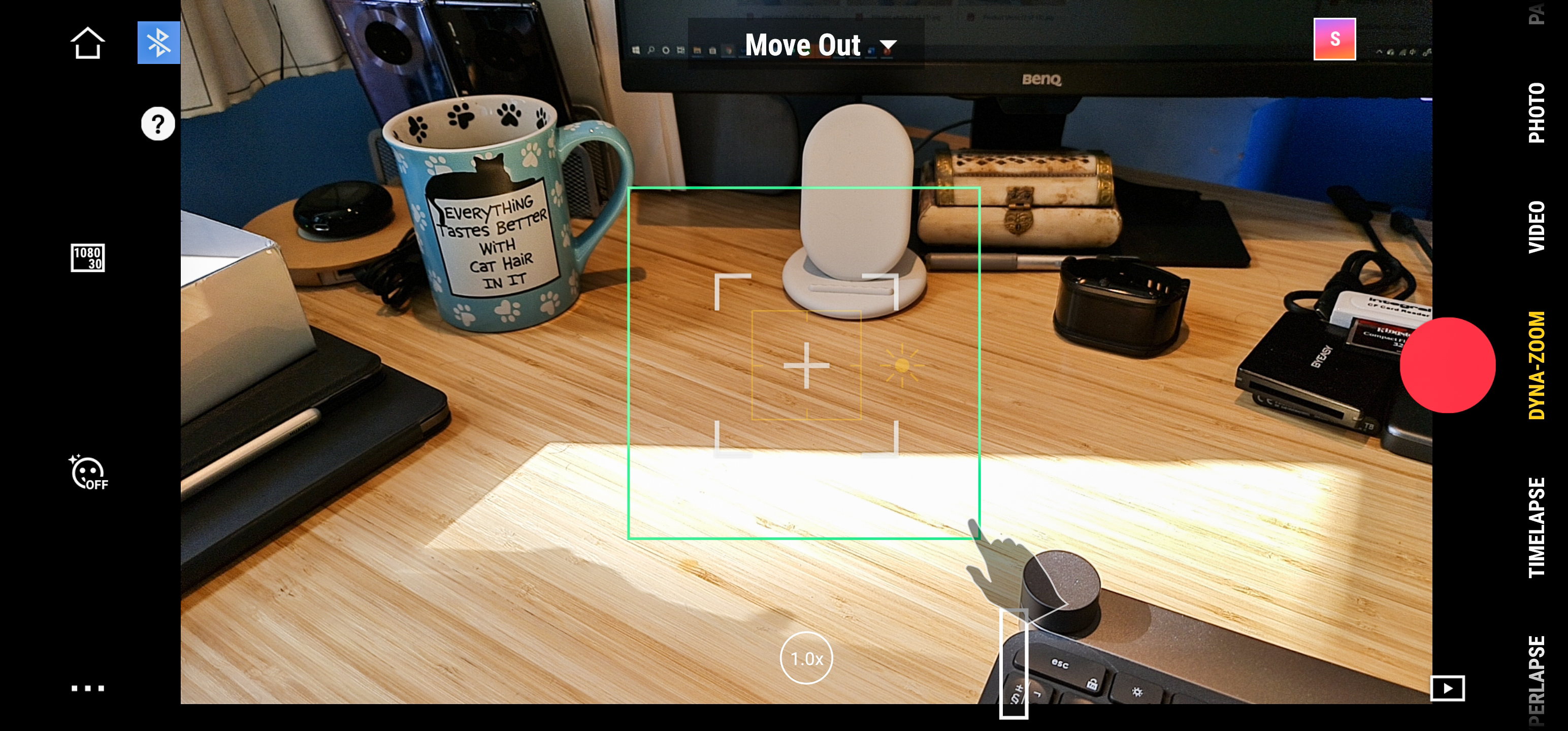
The classic Hitchcock dolly zoom, used in the stairs scene in Vertigo, or the foreboding Jaws close-up of Roy Scheider gets a digital makeover with the OM4. While traditional dolly zooms are achieved with a simultaneous pan in and zoom out, or vice versa, warping the background, the DJI MIMO app achieves it with digital zoom and physical movements. This is categorically not a reason to pick up either the Osmo Mobile 3 or 4, as results are often more miss than hit, but when it works, it’s impressive given the handheld, mobile nature of the capture. A neat party trick that you’ll likely use a handful of times.
Thankfully, the follow mode, and other staple features that made the Osmo Mobile 3 stand out are back, as well as Spin Shot, Timelapse, Motionlapse, Hyperlapse, Sports Mode and 4x/8x Slow Motion.
The intelligent panorama feature is also incredibly handy. A boon for estate agents and architects, it allows for wider shots than even the widest ultrawide smartphone camera can snap. Additionally, a new, fun, Clone Me panorama feature takes wide shots, and prompts you to move across the frame as it does, so you can create a scene with multiple versions of yourself.
DJI OM4: Performance
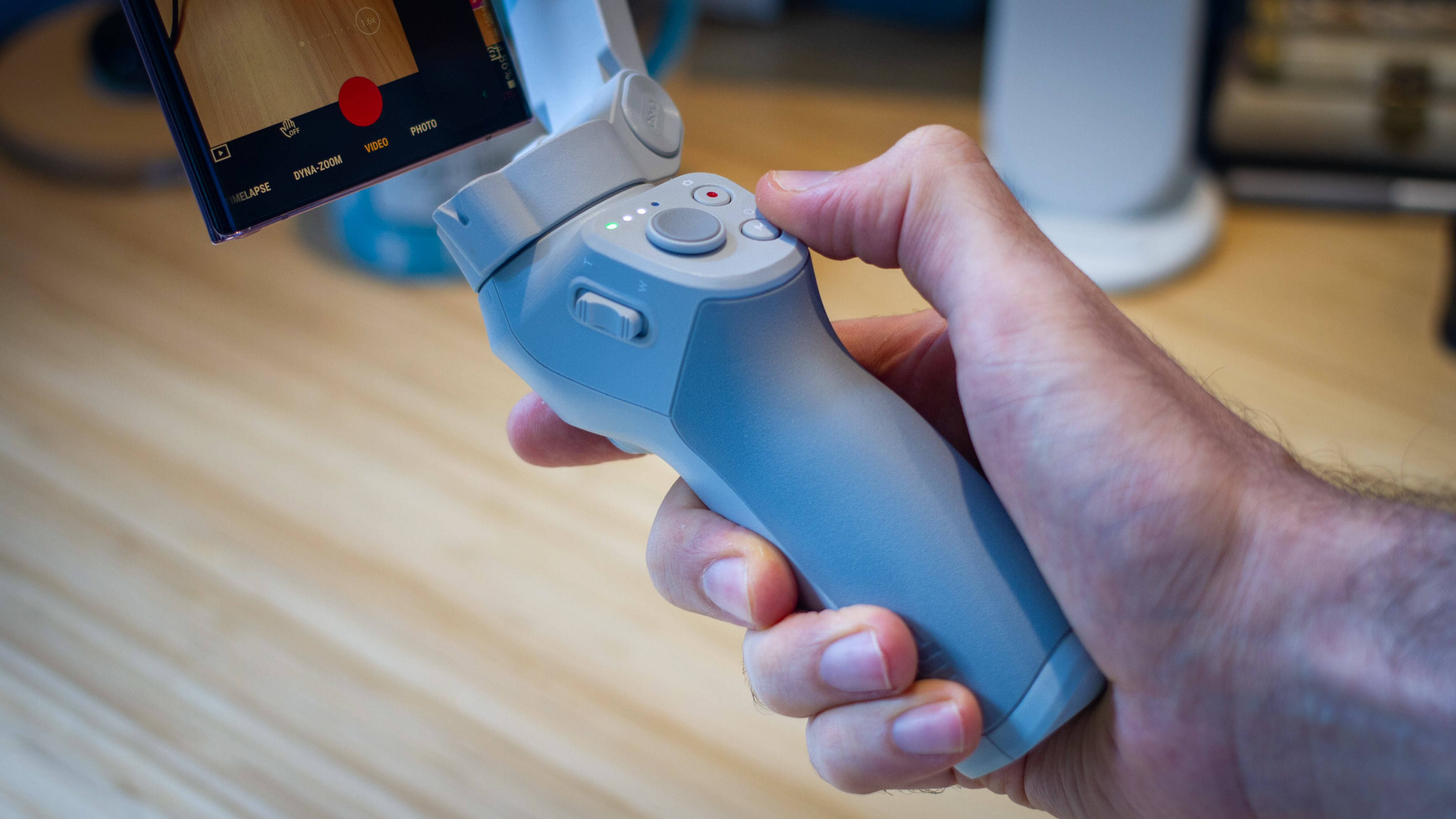
In lockdown, we ended up using the OM4 for hours as a phone holder. What started off as battery tests, ended up being an incredibly enjoyable way to chow down on Netflix shows and movies. This highlighted one key improvement of the OM4 over its predecessor - the upgraded motor.
While the Samsung Galaxy Note 20 Ultra, a heavy, large phone heated the Osmo Mobile 3 motor up significantly after 30 minutes of stationary use, peaking at about 55°C, the OM4 kept nice and cool. We made it through a couple of movies, with our phone angled perfectly, and the gimbal still didn’t get too warm despite the Note 20 Ultra’s heft.
The latest Osmo Mobile also delivers better range than last year’s model, with around 10% extra reach across both the X and Y-axis. That said, the core stabilization performance seemed identical across both models - very good, and best-in-class for a gimbal with such a compact footprint - but not upgrade-worthy.
DJI OM4: battery
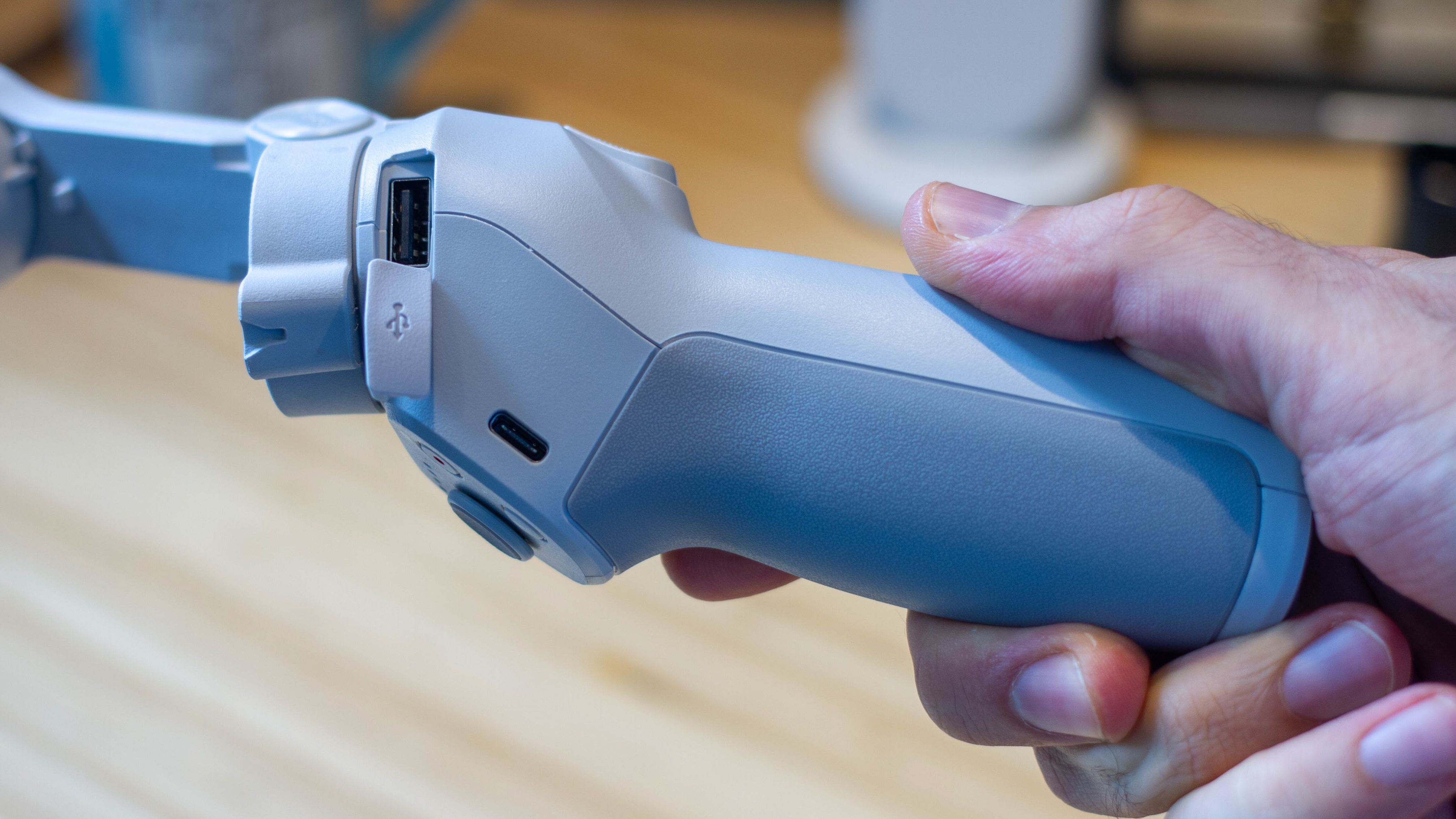
The DJI OM4 delivers the same 15-hour battery power as the Osmo Mobile 3, using the same 2,450mAh capacity lithium ion rechargeable pack. We didn’t manage to wear it down in a single stretch, despite our best efforts, which bodes well for it in the real world. There’s no way this thing won’t make it through a full day of shooting and adventuring, and if you plan on using it sporadically, you’ll easily get through a long weekend of adventuring.
DJI OM4: Verdict
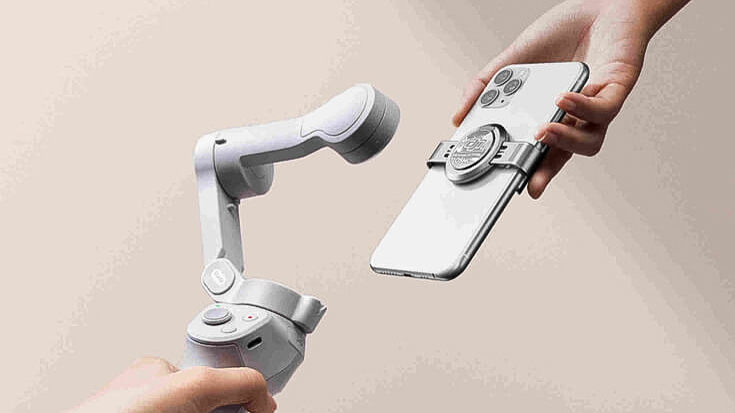
The DJI OM4 is one of those releases that isn’t worth an upgrade but improves on its predecessor in enough meaningful ways to make it a worthwhile alternative. The headline feature is obviously that magnetic mount and the convenience it brings. Then there’s the motor, which didn’t heat up as much as the Osmo Mobile 3, and delivers more range. Finally, there are the app enhancements - though they all work with the Osmo Mobile 3.
The main sticking point with the latest release, however, is the price. While you could pick up its predecessor for $120 / £99 if you didn’t need bells or whistles, with the OM4, the bells and whistles package is the only one available. What’s more, it’s $20 / £20 pricier than the premium version of its Osmo Mobile 3, and stabilization performance is virtually identical.
There’s no getting away from it, the OM4 outclasses the competition from a size-to-performance ratio. That said, it’s fiercest competition is most definitely the Osmo Mobile 3 - little wonder, given the fact it’s been our number one best gimbals since it launched.
• Pre-order the DJI OM4 at B&H Photo (US)
• Pre-order the DJI OM4 at Adorama (US)
Read more:
The best gimbals for phones, mirrorless cameras and DSLRs
Best laptops for video editing
Best video accessories
Best camera phone
Basil Kronfli is a freelance technology journalist, consultant, and content creator. He trained in graphic design and started his career at Canon Europe before moving into journalism. Basil is also experienced in video production, independently running the YouTube channel TechEdit, and during his time at Future, he worked alongside the Digital Camera World team as a senior video producer.
